If you are a beginner in bird and wildlife photography and are looking to invest in a lens, then you will be really interested to know whether 300mm is enough for bird and wildlife photography. I have been doing bird and wildlife photography for more than 10 plus years. So, in this article, I will share my opinion about the 300mm lens for wildlife and birds.
300mm is good enough for Bird and Wildlife photography. But there are many other factors that you need to consider while selecting a 300mm lens for photographing birds and wildlife. I will share it below. It will help you decide whether the 300m lens is for you.
1. Maximum Aperture of a 300mm Lens
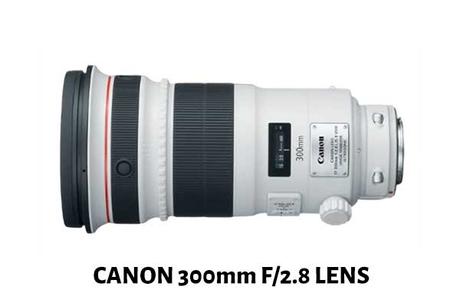
You can get a 300mm lens with different maximum aperture settings in the market. It is always good to own a 300mm lens that comes with a large aperture. When you have a larger aperture opening, it will allow more light to enter the camera sensor.
You can get a maximum aperture opening of f/2.8 in 300mm lenses. Other 300mm lenses come with a maximum aperture of f/4.0 and f/5.6.
You need to check the camera lens specification of the 300mm lens to know the maximum aperture supported by the specific lens model.
2. Camera Body Type
Another factor that you need to consider is the type of camera body. Regarding DSLR and Mirrorless cameras, there are two types of camera bodies: full frame and APS-C.
The effect will be different when you use a 300mm lens on either of these camera bodies. It is because of the reason that the APS-C camera bodies come with a Crop Factor.
The Crop Factor of the APS-C camera body acts as a focal length multiplier. Nikon APS-C camera bodies come with a 1.5x crop factor. Canon APS-C camera bodies come with a 1.6x crop factor.
Thus, when you use a 300mm lens on a Canon APS-C camera, the effective focal length will be 480mm (300 x 1.6).
The effective focal length of the Nikon APS-C camera will be 450mm (300 x 1.5).
3. Background Blur with 300mm Lens
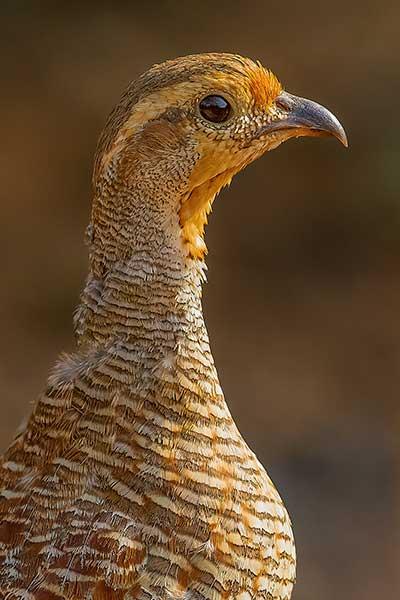
When you photograph portraits of birds and animals, you will be always looking for a nice background blur. This background blur helps to make the subject stand out in the frame.
There are many factors that contribute to the background blur. Among that, the focal length of the lens is one main factor.
When you compare the 300mm with the 400mm and 500mm lenses, the background blur will be slightly less.
The background blur will be more for the 300 mm that come with f/2.8 maximum aperture when compared to other 300mm lenses with smaller maximum aperture openings. You need to shoot at higher aperture values to get more background blur.
4. Bokeh of 300mm Lens
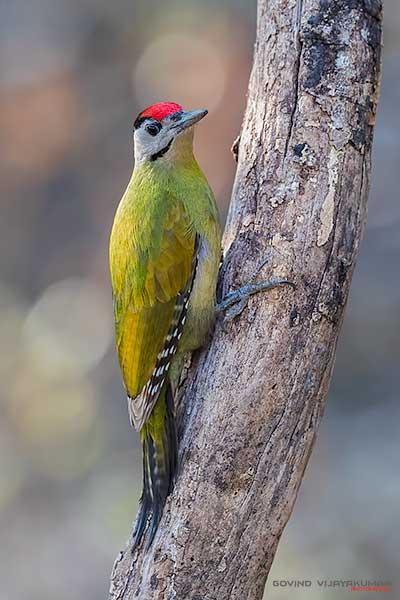
You can get 300mm lenses with different maximum aperture ranges. The fastest 300mm lens you can get is the 300mm f/2.8 prime lens.
You can get the f/2.8 lens with a 300mm focal length in brands like Canon, Nikon, and Sony. All these lenses are known to produce a very good Bokeh Effect. Bokeh is the quality of the blur in the out-of-focus region of the picture.
The alignment of glass and the aperture blade arrangement inside the lens help to produce beautiful Bokeh with a 300mm f/2.8 lens.
5. Portability
When you do bird photography, it can sometimes involve trekking and hiking. The 300mm lens comes with less weight when compared to the 400mm and 500mm lenses.
Thus, carrying the 300mm lens attached to the camera on your shoulder will be easy.
In the case of wildlife photography, you will be photographing from a safari vehicle. So, the weight of the lens is not a big concern.
But when you travel to distant places for wildlife and bird photography, it will be easy to carry a 300mm lens in your backpack in the airplane.
6. Low Light Performance
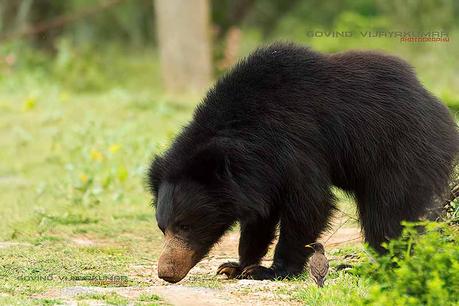
When it comes to wildlife and birds, from my experience, most of the best sightings happen either during the early morning or late evening. The amount of light will be very low during these times.
Thus, it will be good if you can get a 300mm lens with good low-light performance.
You need to go with a fast 300mm lens for the best low-light performance.
These fast lenses come with large aperture openings (small f-number) and will be in the prime lens category. Thus, they tend to be more costly.
So, choose wisely.
7. Camera Shake Factor
The camera shake factor is the next thing to consider for the 300mm lens.
The shake factor comes into the picture when you use the 300mm lens to photograph birds and wildlife without a monopod or tripod. This shake will result in a blurry image.
Here, you need to check whether or not the 300mm lens comes with image stabilization. If the 300 mm lens comes with image stabilization, it can handle some amount of camera shake.
You can minimize this camera shake by shooting at higher shutter speeds.
According to the thumb rule, you must go with at least a shutter speed of 1/300th of a second or more when you shoot handheld at 300mm focal length.
It is possible to go with a shutter speed less than this value if the camera has image stabilization features.
8. Bird Size
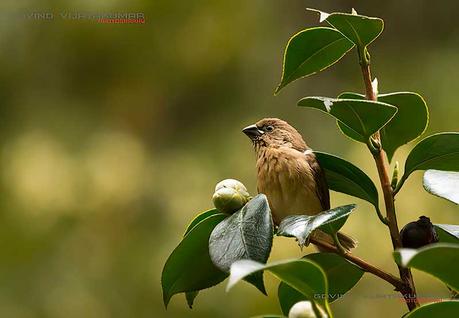
When you do bird photography, you will photograph both small and big birds. For big birds, the 300mm focal length will be good.
But when it comes to small birds like warblers and flycatchers, the 300mm focal length may not be effective unless you can get closer to the bird.
You will need a focal length greater than 300mm for small birds.
9. Reach for 300mm Lens
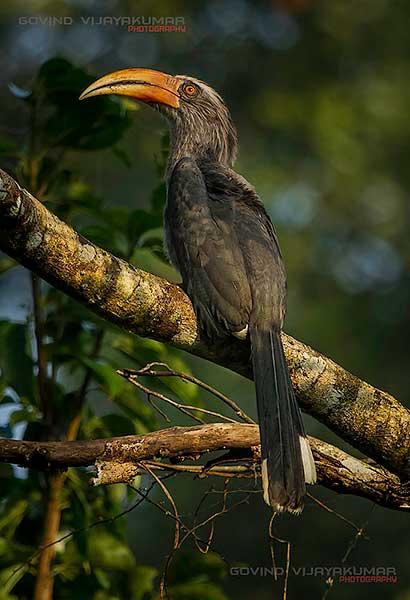
Reach is an important factor when it comes to bird and wildlife photography.
When you photograph small birds from a distance, focal length more than 300mm will be required to capture the feather details in small birds.
But there is an advantage of using the 300mm lens for small birds. This focal length will help to photograph the bird along with its habitat.
You need to have a good approach technique without disturbing the bird by using a 300mm lens to photograph small birds.
The 300mm is good for photographing a full body portrait of big birds like Cranes, Pelicans and Flamingos.
When photographing animals, the 300mm will help capture some of the animal habitat along with the subject.
Thus, you will be able to make some interesting frames.
10. Cost of a 300mm Lens
The cost of the lens is another factor to consider. When you compare a 300mm lens with the 400mm and 500mm lenses of similar apertures, the cost will be slightly less for the 300mm one.
Also, a 300 mm zoom lens will be less costly than a 300mm prime lens.
If you are looking for a 300mm lens for bird and wildlife photography for hobby purposes, you just need to go with a 300mm lens that is within your budget.
Go for an expensive 300mm lens only if you plan to take bird and wildlife photography as your career.
11. 300mm – Zoom Vs Prime

You can get two types of 300mm lenses in the market. They are prime and zoom lenses. Each of these types of camera lenses has got its pros and cons.
So, knowing the advantages and disadvantages of a 300mm prime and zoom lens is essential. Only then will you be able to decide which 300mm is best suited for your purpose?
One main advantage of the 300mm prime lens is the image quality. You can expect better image quality from the prime variant.
The next advantage of the 300mm prime one is the maximum aperture opening. It gives you the ability to shoot at higher shutter speeds handheld.
The one disadvantage of the 300mm prime lens is its cost compared to the 300mm zoom version.
Also, you will not get the luxury of changing the focal length in the 300mm prime. It will have an impact on the image composition part.
12. Field of View for 300mm Lens
The field of view at 300mm focal length is 6.9 degrees horizontally and 4.6 degrees vertically. Thus, the field of view will be narrow.
These values hold true when you use the 300mm lens with a full frame camera.
When you use the 300mm with an APS-C camera, the field of view will narrow because of the increased effective focal length.
But the field of view will be less than these values for the 500mm and 600mm focal lengths.
13. Focusing Speed
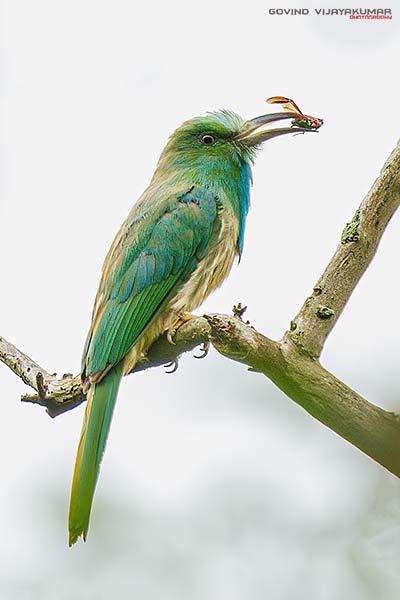
You must also consider the focusing speed of the 300mm lens with your camera model. There will be variations in focusing speed when you use the same 300mm lens on different camera bodies.
If you already own a camera body, checking online or in forums to know the focusing speed with different 300mm lenses is a good idea.
Always go for a 300mm lens with fast focusing speed, especially for photographing birds.
When it comes to birds, they move fast. Thus, fast autofocus will help you to capture good bird images.
14. Handheld Flight & Action Shots
If you are a person who likes to photograph birds in flight and action shots handheld, you want your camera gear to be less heavy. Only then you will be able to focus and track the bird properly.
Compared with the 500mm and 600mm lenses, the 300m lenses do not come with much weight. So, it is very good for handheld flight shots.
15. Versatility Factor
Apart from bird and wildlife photography, you can also use the 300mm lens for photographing sports and also for certain landscapes.
Thus, the 300mm lens helps to make your camera more versatile for different types of photography.
Frequently Asked Questions
How Far Can You See with a 300mm lens?
If you are using a full frame camera, you can see beyond 114 yards with the 300mm lens.
If you use the 300mm lens with an APS-C camera, you can see beyond 169 yards.
Here, the assumption is the bird or the animal occupies two third of the frame vertically.
Final Thoughts
Now you can easily decide whether a 300mm lens is good enough for bird and wildlife photography.
Whatever lens and camera you choose, you need to have a good understanding of all the features of your camera gear. Only then you can get the best results out of your camera.

